
Sometimes, we find ourselves lucky enough to see that the best stories come from the most unexpected places—like the middle of a misty mountain or the last camera trap on the previous day of an expedition. When a group of bold scientists set out to explore the wilds of Indonesia, they were hoping for a glimpse of something special. And boy, oh boy, what they found was beyond their wildest dreams!
This is a story of patience, teamwork, and a lot of luck, all coming together to bring a legendary creature back into the spotlight.
Go on, grab your explorer’s hat and let’s find out what these reseachers stumbled upon.
Meet the Wildlife Detectives
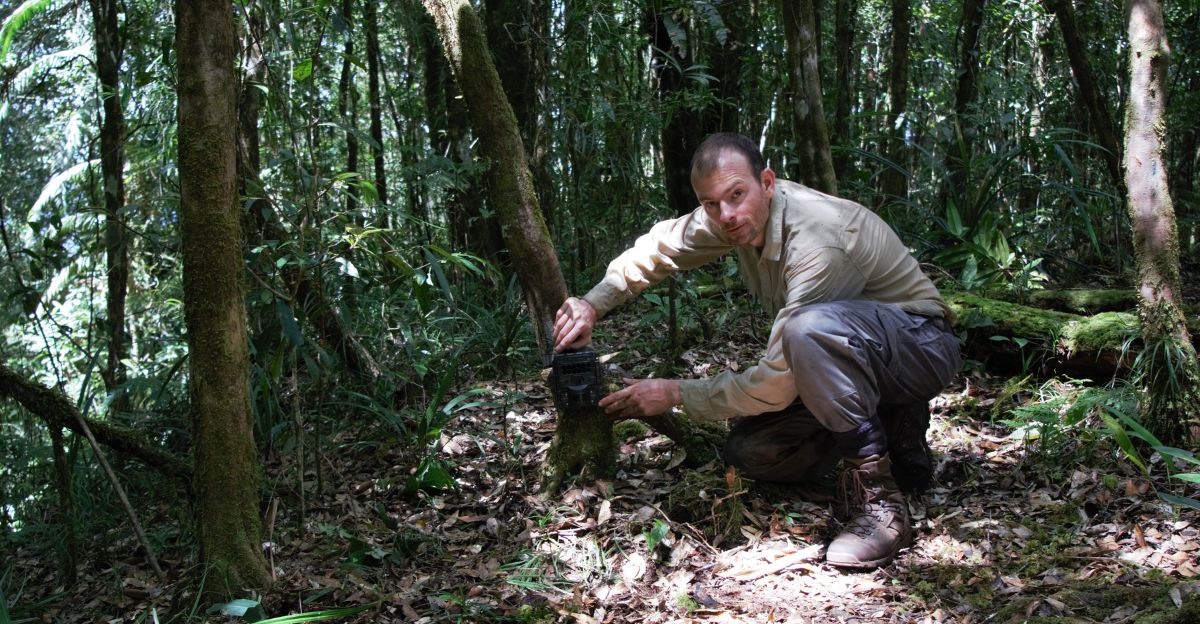
The heroes behind this amazing rediscovery were a mixed team of scientists, students, and local experts, all brought together by their passion for wildlife and adventure. Dr. James Kempton from Oxford University led the group, which included researchers from UK institutions, Cenderawasih University, the Indonesian NGO YAPPENDA, and local landowners from Papua.
Little did they know that their teamwork would be the secret ingredient—combining scientific know-how with Indigenous knowledge and a healthy dose of determination. “It was a true team effort,” Dr. Kempton said, “and we couldn’t have done it without everyone’s unique skills and local experience.” Their excitement spread quickly, making many scientists happy and eager to learn more.
The Wild Place It Calls Home

This exciting rediscovery happened in the mysterious Cyclops Mountains of Papua, Indonesia—a region as wild as its name suggests. Steep slopes, thick rainforest, and swirling mists make this one of the least explored corners of the world (well, not for long anymore). The area bursts with unique plants and animals—a lot of which can’t even be found anywhere else!
Local people call the echidna “payangko,” the animal holds a special place in their stories and traditions.
The Cyclops Mountains prove that they aren’t just a backdrop—they’re also an important part of this story, hiding away secrets that have survived for millions of years. Who knows what else might be hiding in plain sight?
The Moment Everything Changed

The adventure began in June and July 2023, more than six decades after the last confirmed sighting of the echidna in 1961! The team trekked through the rainforest for four weeks, climbing over 36,000 feet and setting up 80 trail cameras. Talk about exhausting!
The suspense built until the very last day, when the final SD card from the last camera revealed the long-awaited images, imagine having those odds in your favor! “I was euphoric; the whole team was euphoric,” Dr. Kempton said, describing that moment they realized their hard work had paid off.
Why This Discovery Is a Big Deal
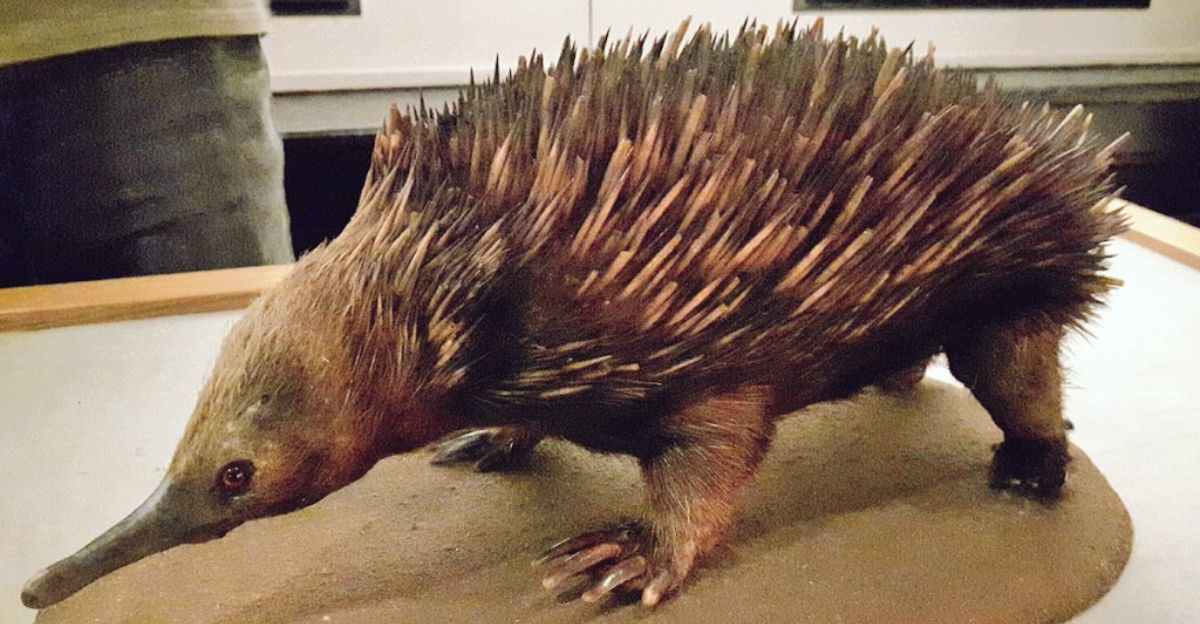
So now, the big question stands: Why would someone go to such lengths for a small, spiky animal? The rediscovery of the echidna is more than just a scientific victory- it’s a symbol of hope for wildlife everywhere. This ancient animal had bare minimum evidence of its existence and hasn’t been see for over 60 years, and it hasn’t changed for millions of years! It just shows how much we still have to learn about our planet.
The expedition also shows us how important it is to work with local communities and protect wild places before they disappear. As Malcolm Kobak of YAPPENDA said, “To see photos of this endemic species is both encouraging and inspiring. We hope this story motivates increased protection for this unique place”.
The Spiky Surprise Revealed

The star of this adventure is Attenborough’s long-beaked echidna (Zaglossus attenboroughi), a rare and quirky mammal named after the famous naturalist Sir David Attenborough – this was a tribute to him because of his significant contributions to the popularization of natural history and conservation.
This cute animal is definitely an odd little creature: it waddles through the forest at night, has a long, pointy snout, and – like a platypus- is one of the only mammals in the world that lays eggs.
For over 60 years, the only way we knew about the existence of this animal was through a single specimen in a museum! This new camera trap footage finally showed the echidna alive and well, confirming that this “living fossil” still roams the earth. Thank you, technology!
The Ultimate Hide-and-Seek Champion
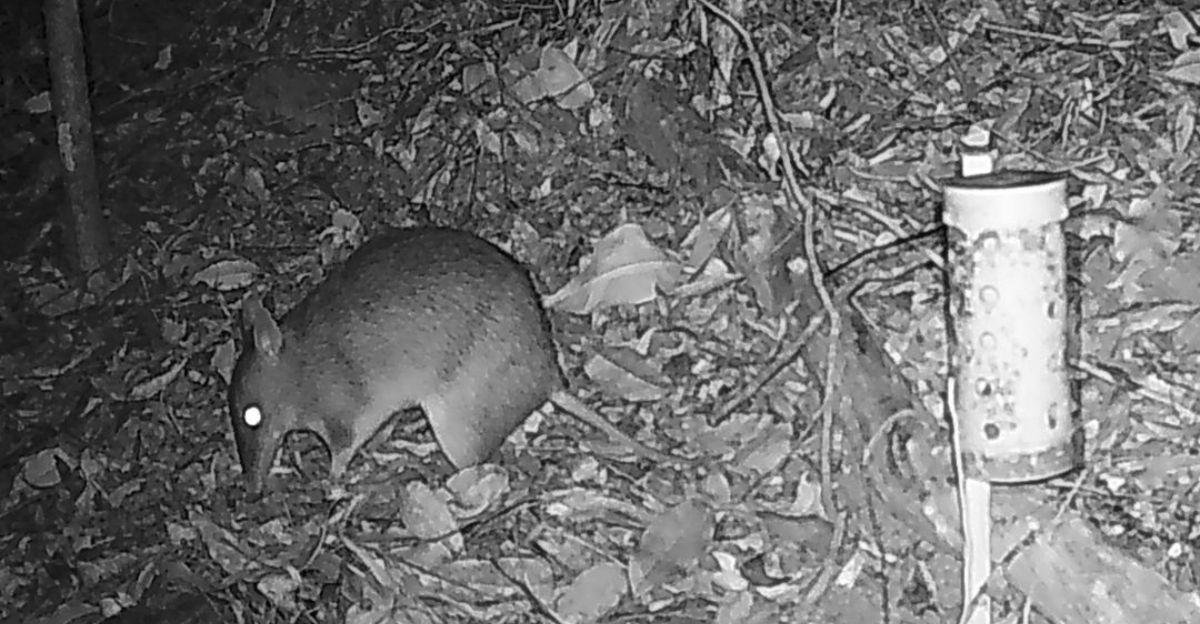
If there were an Olympic event for hide-and-seek, this little echidna would win gold every time. For over 60 years, it found a way to stay completely out of sight, dodging cameras, scientists, and curious eyes alike.
It’s like the forest’s ultimate ninja, blending perfectly with the undergrowth and sneaking away before anyone can say “spiky mammal.” Thanks to modern camera traps and a lot of patience and excitement, this sneaky critter finally got caught on film—proving that sometimes, being shy pays off!
A Creature That’s Part Hedgehog, Part Mystery

Imagine an animal that looks like a hedgehog that goes on a jungle adventure and comes back with a long, pointy nose and a talent for digging. That’s our little echidna! Its body is covered in spines for protection, but its snout is like a built-in metal detector to sniff out tasty bugs living underground.
Scientists love this discovery because it’s so different from most mammals and a living link to a prehistoric past. One researcher joked, “It’s like nature’s own little mystery box—spiky, strange, and totally fascinating.”
Night Owl of the Rainforest
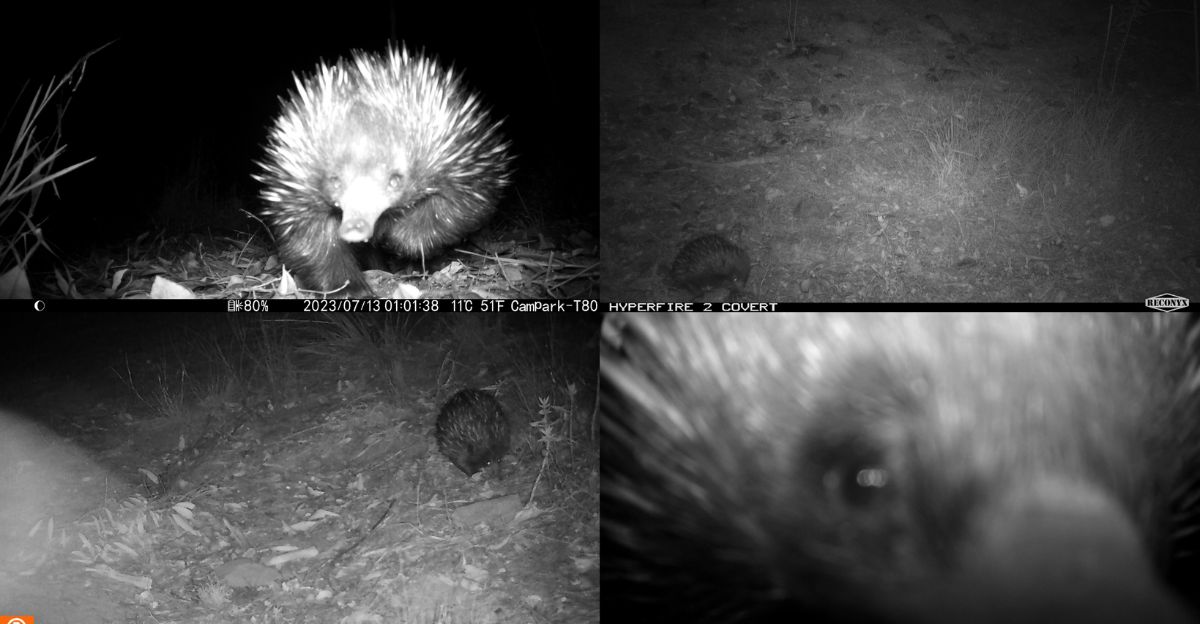
This echidna isn’t like your average daytime wanderer. It prefers to cover in the darkness, sneaking out at night to hunt for worms and insects. This animal can be considered a true rainforest night owl as it can avoid predators easily during the day; being nocturnal helps a lot!
Luckily, these scientists were one step ahead of it. The camera traps caught it during these secret night strolls, giving scientists a little sneak peek into its mysterious life. It’s like the animal version of a late-night snack run—quiet, quick, and totally low-key.
Teamwork Makes the Dream Work
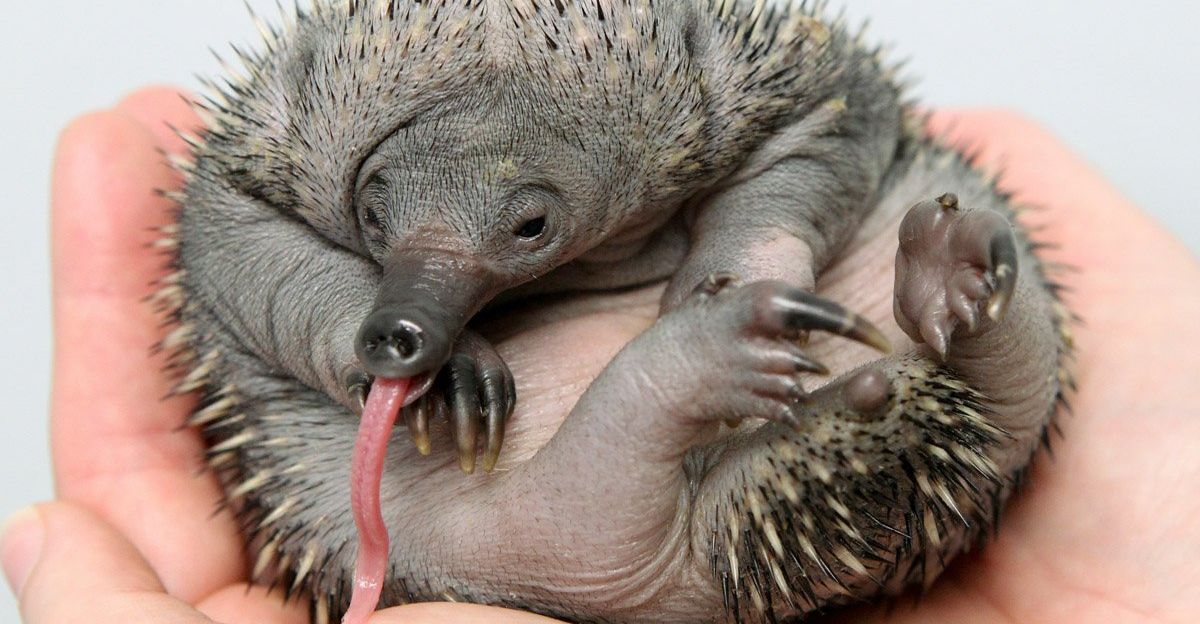
This rediscovery wasn’t just about fancy equipment and luck—it was about people from all over coming together. Scientists worked with local villagers who knew the forest like the back of their hand. The locals shared stories and clues that no textbook could offer, turning the search into a true team effort.
One guide laughed, “We knew this little guy was still around; we just had to convince the scientists!” This is a perfect example of how science and tradition can combine to make amazing discoveries.
A Reminder to Keep Exploring
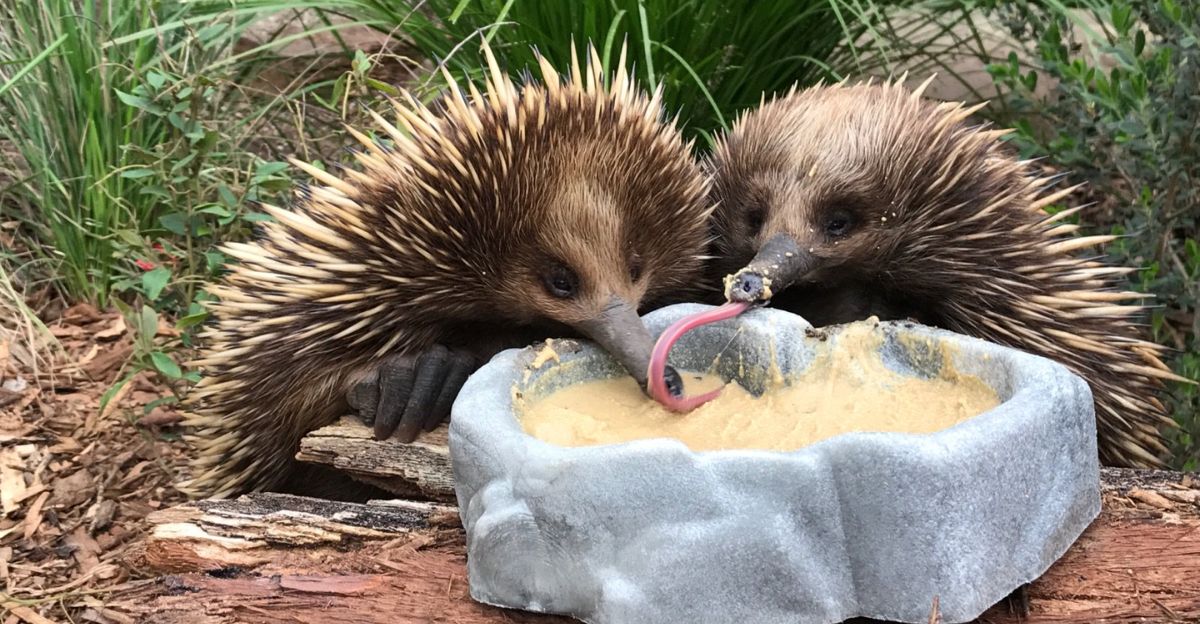
The echidna’s comeback is a gentle nudge to all of us: there’s still so much to discover in the world, even in places we think we know well. It’s a reminder that nature loves to surprise us and that patience and curiosity can lead to incredible finds.
As one scientist said, “If this little spiky mammal can hide for decades and then show up like a rockstar, imagine what else is out there waiting to be found!” So, keep exploring—you never know what amazing things you might find.







